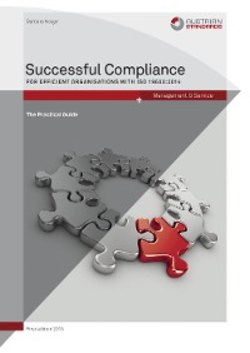Читать книгу Successful Compliance - Barbara Neiger - Страница 19
1.4.1Corporate governance
ОглавлениеThe term “corporate governance” goes back to the time when ownership of companies was separated from its management and so the need occurred to protect the interests of investors against management acting in its own interest. As far back as the 18th century, Adam Smith extensively discussed the problems of how the division of labour might be guided and controlled in an increasingly large business. Managers can inflict financial damage on shareholders through, for example, insufficient efforts in search of business opportunities, or the absence of necessary modernisation, through the arrangement of high-risk transactions or insufficiently elaborated investments or the lack of control of activities within the company. With the separation of assets and control of the company from its ownership, it became necessary to set rules to ensure that the managers (agents) entrusted with the running of the company acted in the interests of the owners (principals).[41] This principal/agent problem[42] formed the basis for the initially narrow definition of corporate governance as a means of dividing responsibilities and roles between institutions in a company in order to ensure that the capital providers (= owners) receive the expected returns.[43]
A broader perspective of corporate governance evolved from the understanding that a business can be understood as a network of contracts, which internally shapes the company itself and externally regulates the relationship with shareholders.[44] The term is expanded in relation to several factors: First of all with regard to the participants, because the interests of not only owners and managers, but also of a further group of people (= stakeholders) are also taken into account. These include customers, employees, suppliers and external investors. Secondly, the main focus is not on financial damage caused to the owners, but the protection of the rights and legitimate interests of all stakeholders. Corporate governance can thus be understood as a higher-level control framework, which regulates the exchange relationships within an organisation, on the one hand, and the exchange relationships with the organisation’s environment, on the other.[45] Due to the diversity of organisations there are, essentially, no uniform regulations on elements of organisational structure or process organisation. Governance structures must be adapted to the individual situation of the organisation in order to support the achievement of organisation’s goals. A variety of institutions that are regarded as instruments of an efficient and effective governance structure, such as an internal control system (ICS), risk management system (RMS) and compliance management system (CMS) has evolved in practise, and subsequently in legislation.
